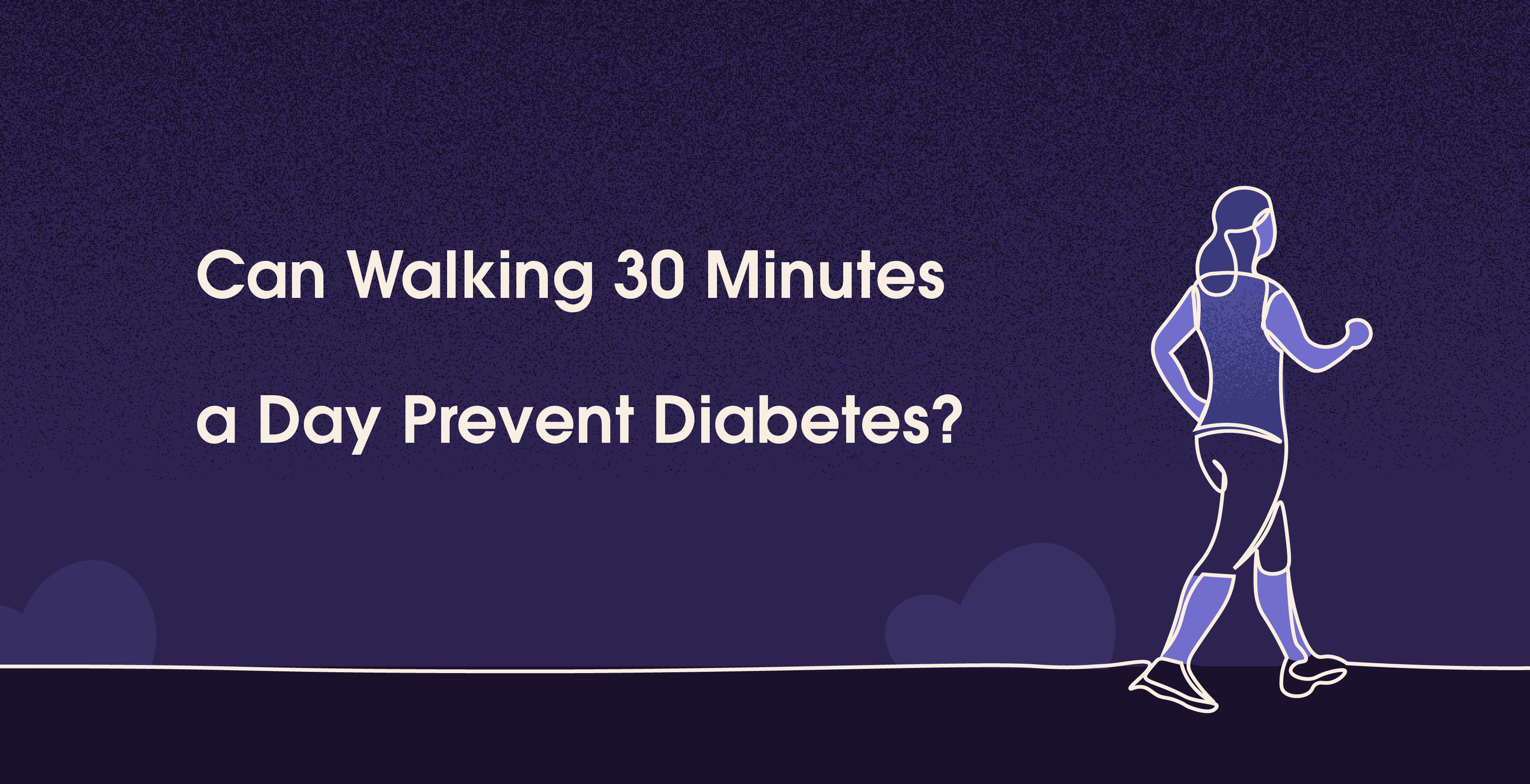How to Read Food Labels to Avoid Hidden Sugars
Apr 2, 2025
Sayfali Rawlani
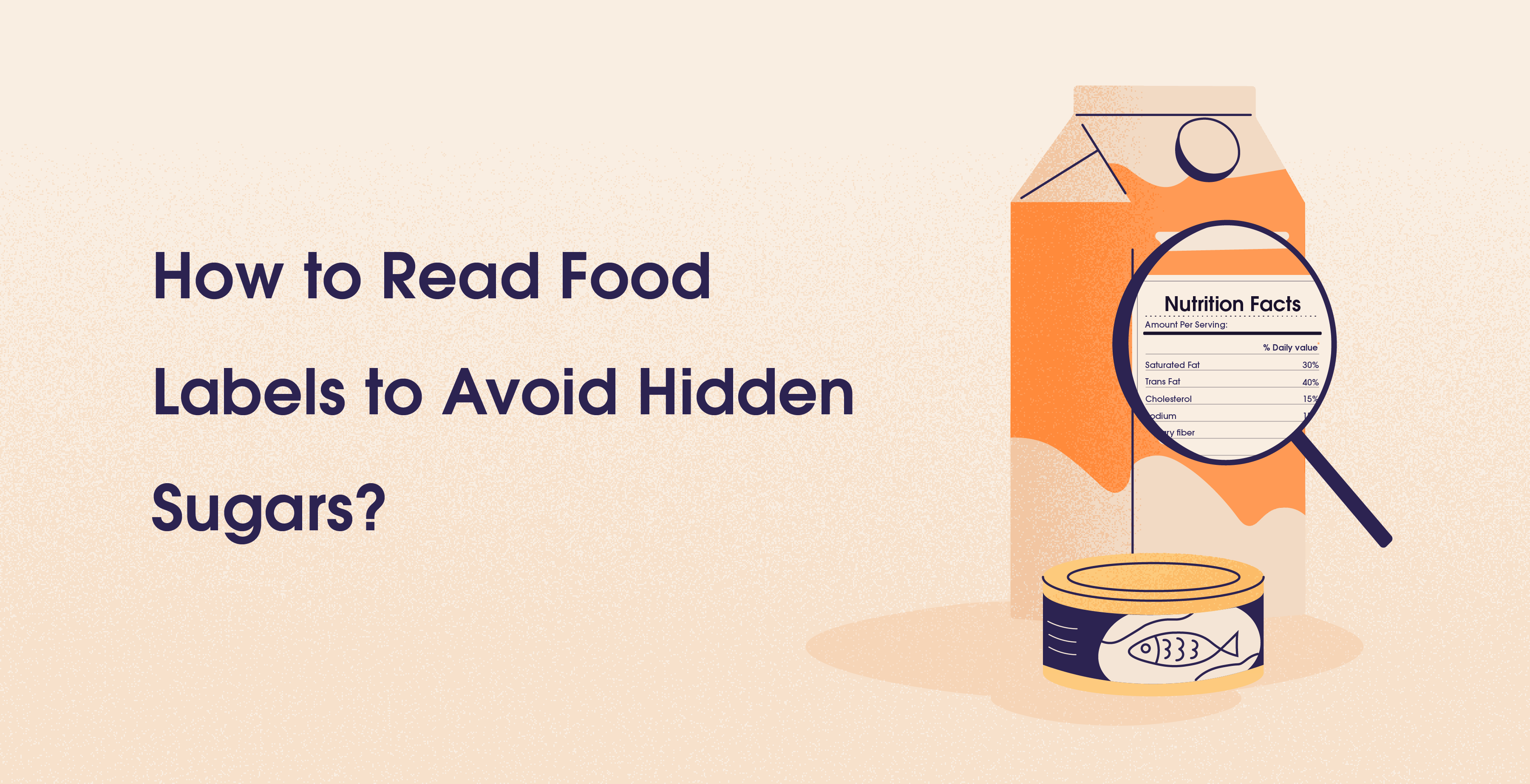


Table Of Contents
Have you ever grab a “healthy” snack off the shelf, feel all smug about your life choices, then turn the package around and realize you just got hustled by fruit juice concentrate and something called maltodextrin? Yeah... same.
Sugar’s everywhere these days. And it’s not always the obvious kind. It’s the kind that goes undercover, wears fake mustaches, and pretends to be something else entirely. If you're trying to clean up your eating game, learning how to spot hidden sugars is kinda like developing a sixth sense—and trust me, once you get it, you’ll start side-eyeing labels like a pro.
Highlights
Sugar hides under various names like dextrose, maltodextrin, agave nectar, and fruit juice concentrate, making it harder to spot on food labels.
The front of the packaging often uses misleading terms like “low-fat” or “no sugar added” that distract from the actual sugar content.
Ingredients are listed by weight—if a sugar alias appears in the top three, the product is likely high in sugar.
Brands often split sugar types (e.g., honey, brown rice syrup, cane sugar) to make each one seem less prominent.
Serving sizes can be deceptive; always multiply the sugar content by the number of servings you’ll actually consume.
“Natural” or “organic” sugars still affect the body like refined sugar—don’t be fooled by their wholesome-sounding names.
“No sugar added” doesn’t mean sugar-free—it just means no extra sugar was added; the product may still be naturally high in sugar or use artificial sweeteners.
Sugar is found in unexpected foods like bread, yogurt, pasta sauce, and protein bars—label reading is essential.
Learning to read food labels gives you more control over your choices and helps avoid being misled by clever marketing.
How To Check a Food Label To Avoid Healthy Sugar
Step One: Don’t Trust the Front of the Package
Let’s get this out of the way: the front of any food package is a trap. It’s a carnival of buzzwords—organic, low-fat, no sugar added, heart-healthy, gluten-free—designed to make you feel like you're making the smartest choice in the aisle.
Spoiler alert: you're not.
These phrases are just a distraction. Always flip the package over. Always. That’s where the truth lives—in small font, buried somewhere between “serving size” and “you’ve gotta be kidding me.”
Step Two: Decode the Ingredient List
If sugar’s in the top three ingredients, run. Okay, maybe not run—but definitely question your life choices for a second.
The real trick? Sugar rarely shows up as just "sugar." It’s got more fake names than a con artist in a Netflix crime doc. Look out for:
Dextrose
Fructose
Corn syrup
Agave nectar
Molasses
Evaporated cane juice
Rice syrup
Honey (yep, even the fancy raw kind)
Basically, if it ends in “-ose” or sounds like it came from a farm, it’s probably sugar dressed in a granola costume.
And companies are slick. They’ll use two or three different sweeteners in small amounts so none of them look like the main culprit. But add ‘em up? Sugar bomb.
Step Three: Serving Size Shenanigans
Ah yes, the classic serving size scam. You check the sugar grams—seems reasonable. Then you realize the tiny package you're about to devour in one go apparently contains 2.5 servings.
Excuse me... what?
Always multiply. If the label says 6 grams of sugar but the pack has 3 servings, you're actually chowing down on 18 grams. That’s not a snack—that’s dessert in disguise.
Step Four: Watch for “Healthy” Sweeteners
There’s this idea that if the sugar is natural, it’s better. Honey, maple syrup, coconut sugar—they’ve all been through their 15 minutes of fame. And sure, they’ve got some trace minerals or whatever, but at the end of the day, your body still breaks them down the same way it does plain old table sugar.
So yeah, “all-natural” sugar is still sugar. Cute label, same outcome.
Step Five: Know the “No Sugar Added” Trap
This one’s a favorite. You see “no sugar added” and your brain does a little victory dance. But don’t get too excited—it just means the company didn’t add sugar to it. It might still be packed with natural sugars from fruit, milk, or other sources. Think: fruit juices, nut butters, and tomato sauces.
And then there are the sugar substitutes. Sucralose, aspartame, xylitol, erythritol—the list goes on. Some people love ‘em, others get bloated just reading the names. The jury’s still out on long-term effects, but one thing’s for sure: just because something's sugar-free doesn’t make it guilt-free.
Step Six: Don’t Get Caught Slippin’
Sugar is sly. It hangs out in places you’d never expect—like crackers, protein bars, yogurt, bread, and even pasta sauce. That’s why label reading isn’t just a habit; it’s a survival skill.
You don’t have to obsess over every bite, but knowing how to spot the sketchy stuff gives you more control. And that’s the goal, right? To make choices that you feel good about—not ones the food industry talks you into.
Final Thought?
Learning to decode food labels takes a minute, but once you’ve got the hang of it, it’s kinda empowering. Like putting on x-ray vision goggles at the grocery store. You start seeing through the noise, picking what works for you, and ditching what doesn’t.
So next time you’re wandering the aisles, slow down. Read the label. Call out those sneaky sugars. And walk away with food that fuels you, not fools you.
Because in this sugar-coated world, knowledge is your sweetest weapon.
References
Have you ever grab a “healthy” snack off the shelf, feel all smug about your life choices, then turn the package around and realize you just got hustled by fruit juice concentrate and something called maltodextrin? Yeah... same.
Sugar’s everywhere these days. And it’s not always the obvious kind. It’s the kind that goes undercover, wears fake mustaches, and pretends to be something else entirely. If you're trying to clean up your eating game, learning how to spot hidden sugars is kinda like developing a sixth sense—and trust me, once you get it, you’ll start side-eyeing labels like a pro.
Highlights
Sugar hides under various names like dextrose, maltodextrin, agave nectar, and fruit juice concentrate, making it harder to spot on food labels.
The front of the packaging often uses misleading terms like “low-fat” or “no sugar added” that distract from the actual sugar content.
Ingredients are listed by weight—if a sugar alias appears in the top three, the product is likely high in sugar.
Brands often split sugar types (e.g., honey, brown rice syrup, cane sugar) to make each one seem less prominent.
Serving sizes can be deceptive; always multiply the sugar content by the number of servings you’ll actually consume.
“Natural” or “organic” sugars still affect the body like refined sugar—don’t be fooled by their wholesome-sounding names.
“No sugar added” doesn’t mean sugar-free—it just means no extra sugar was added; the product may still be naturally high in sugar or use artificial sweeteners.
Sugar is found in unexpected foods like bread, yogurt, pasta sauce, and protein bars—label reading is essential.
Learning to read food labels gives you more control over your choices and helps avoid being misled by clever marketing.
How To Check a Food Label To Avoid Healthy Sugar
Step One: Don’t Trust the Front of the Package
Let’s get this out of the way: the front of any food package is a trap. It’s a carnival of buzzwords—organic, low-fat, no sugar added, heart-healthy, gluten-free—designed to make you feel like you're making the smartest choice in the aisle.
Spoiler alert: you're not.
These phrases are just a distraction. Always flip the package over. Always. That’s where the truth lives—in small font, buried somewhere between “serving size” and “you’ve gotta be kidding me.”
Step Two: Decode the Ingredient List
If sugar’s in the top three ingredients, run. Okay, maybe not run—but definitely question your life choices for a second.
The real trick? Sugar rarely shows up as just "sugar." It’s got more fake names than a con artist in a Netflix crime doc. Look out for:
Dextrose
Fructose
Corn syrup
Agave nectar
Molasses
Evaporated cane juice
Rice syrup
Honey (yep, even the fancy raw kind)
Basically, if it ends in “-ose” or sounds like it came from a farm, it’s probably sugar dressed in a granola costume.
And companies are slick. They’ll use two or three different sweeteners in small amounts so none of them look like the main culprit. But add ‘em up? Sugar bomb.
Step Three: Serving Size Shenanigans
Ah yes, the classic serving size scam. You check the sugar grams—seems reasonable. Then you realize the tiny package you're about to devour in one go apparently contains 2.5 servings.
Excuse me... what?
Always multiply. If the label says 6 grams of sugar but the pack has 3 servings, you're actually chowing down on 18 grams. That’s not a snack—that’s dessert in disguise.
Step Four: Watch for “Healthy” Sweeteners
There’s this idea that if the sugar is natural, it’s better. Honey, maple syrup, coconut sugar—they’ve all been through their 15 minutes of fame. And sure, they’ve got some trace minerals or whatever, but at the end of the day, your body still breaks them down the same way it does plain old table sugar.
So yeah, “all-natural” sugar is still sugar. Cute label, same outcome.
Step Five: Know the “No Sugar Added” Trap
This one’s a favorite. You see “no sugar added” and your brain does a little victory dance. But don’t get too excited—it just means the company didn’t add sugar to it. It might still be packed with natural sugars from fruit, milk, or other sources. Think: fruit juices, nut butters, and tomato sauces.
And then there are the sugar substitutes. Sucralose, aspartame, xylitol, erythritol—the list goes on. Some people love ‘em, others get bloated just reading the names. The jury’s still out on long-term effects, but one thing’s for sure: just because something's sugar-free doesn’t make it guilt-free.
Step Six: Don’t Get Caught Slippin’
Sugar is sly. It hangs out in places you’d never expect—like crackers, protein bars, yogurt, bread, and even pasta sauce. That’s why label reading isn’t just a habit; it’s a survival skill.
You don’t have to obsess over every bite, but knowing how to spot the sketchy stuff gives you more control. And that’s the goal, right? To make choices that you feel good about—not ones the food industry talks you into.
Final Thought?
Learning to decode food labels takes a minute, but once you’ve got the hang of it, it’s kinda empowering. Like putting on x-ray vision goggles at the grocery store. You start seeing through the noise, picking what works for you, and ditching what doesn’t.
So next time you’re wandering the aisles, slow down. Read the label. Call out those sneaky sugars. And walk away with food that fuels you, not fools you.
Because in this sugar-coated world, knowledge is your sweetest weapon.
References
Table Of Contents
Table Of Contents
Table Of Contents
Read More
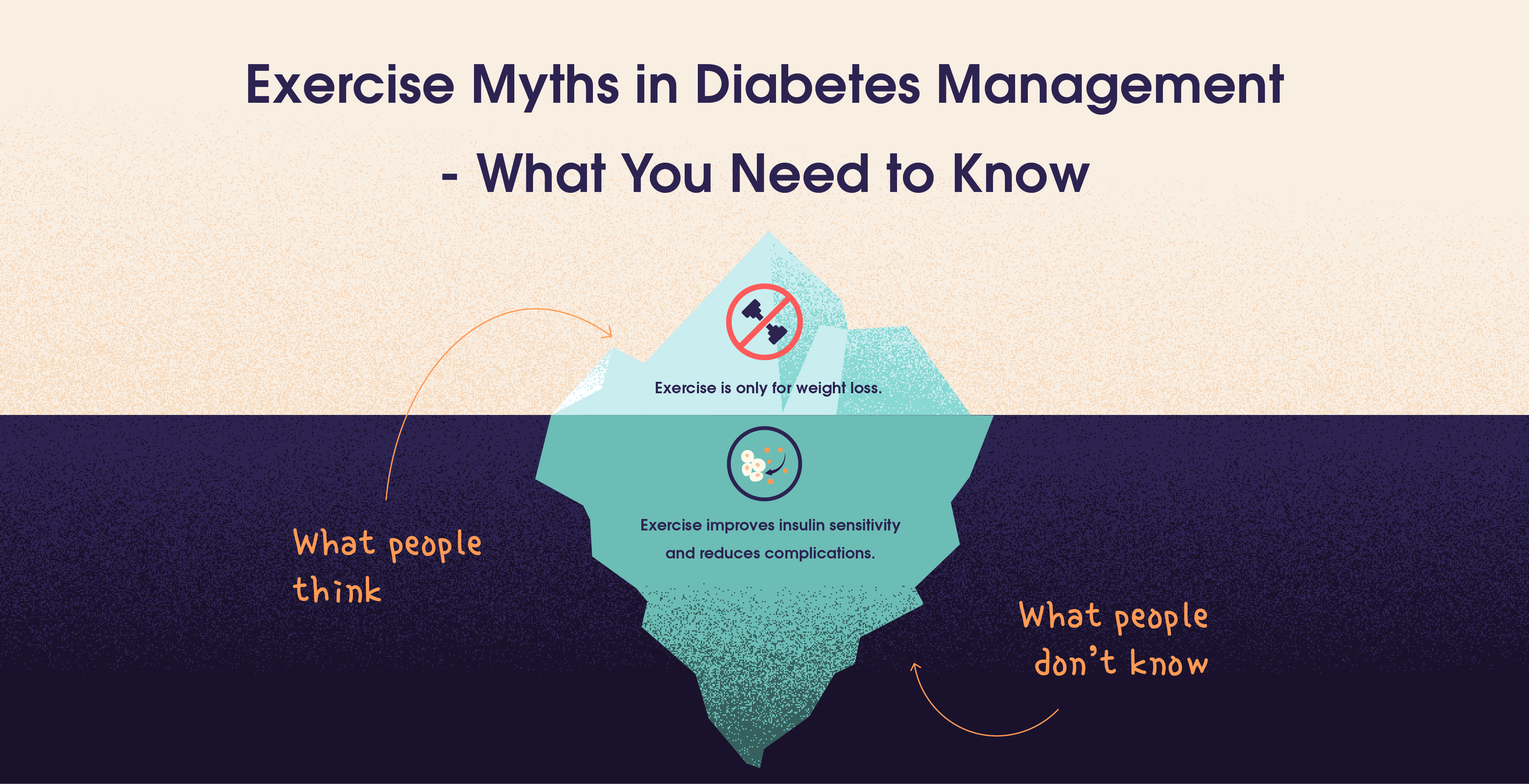

Feb 17, 2025
Aparna Hurtis
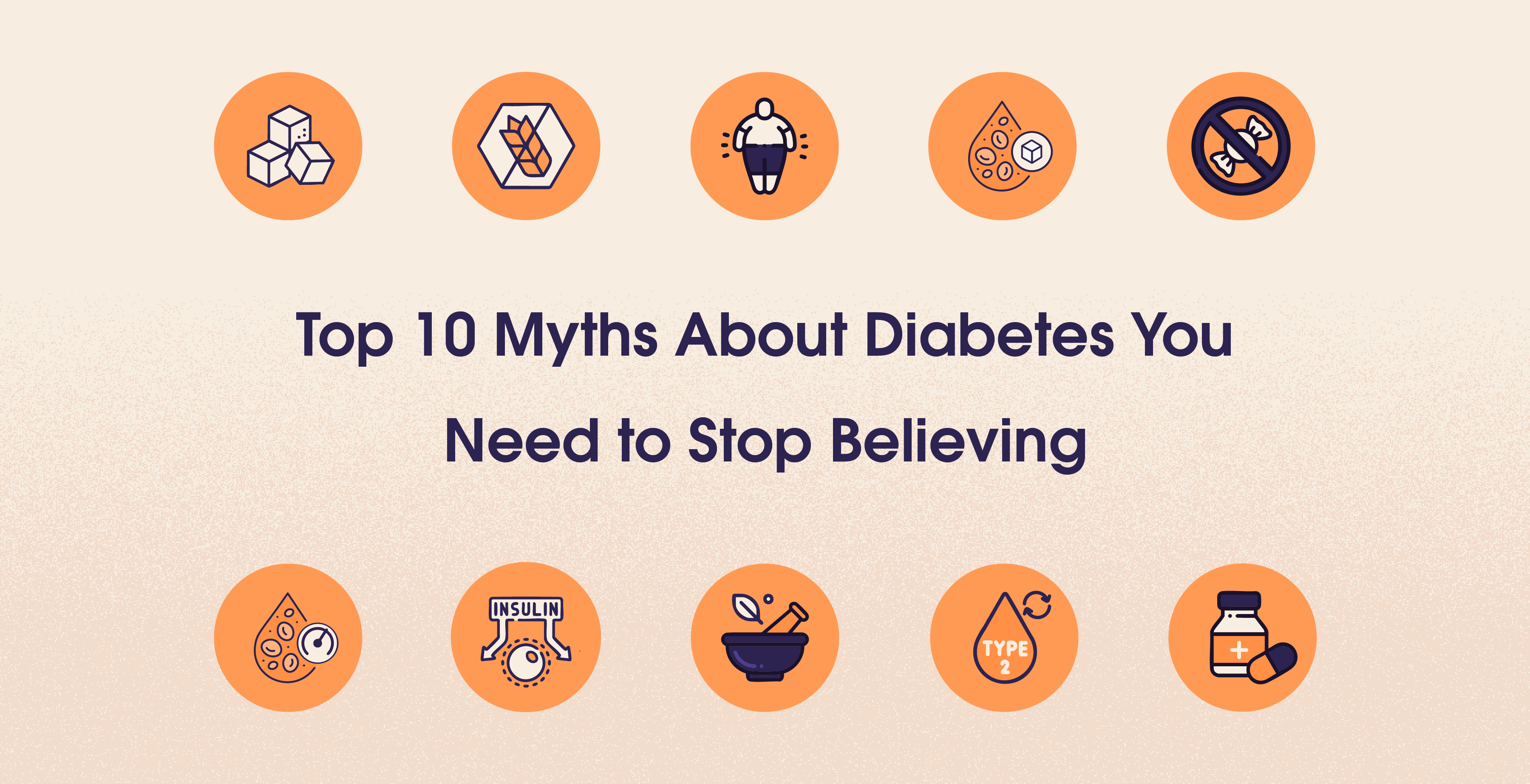

Feb 10, 2025
Aparna Hurtis
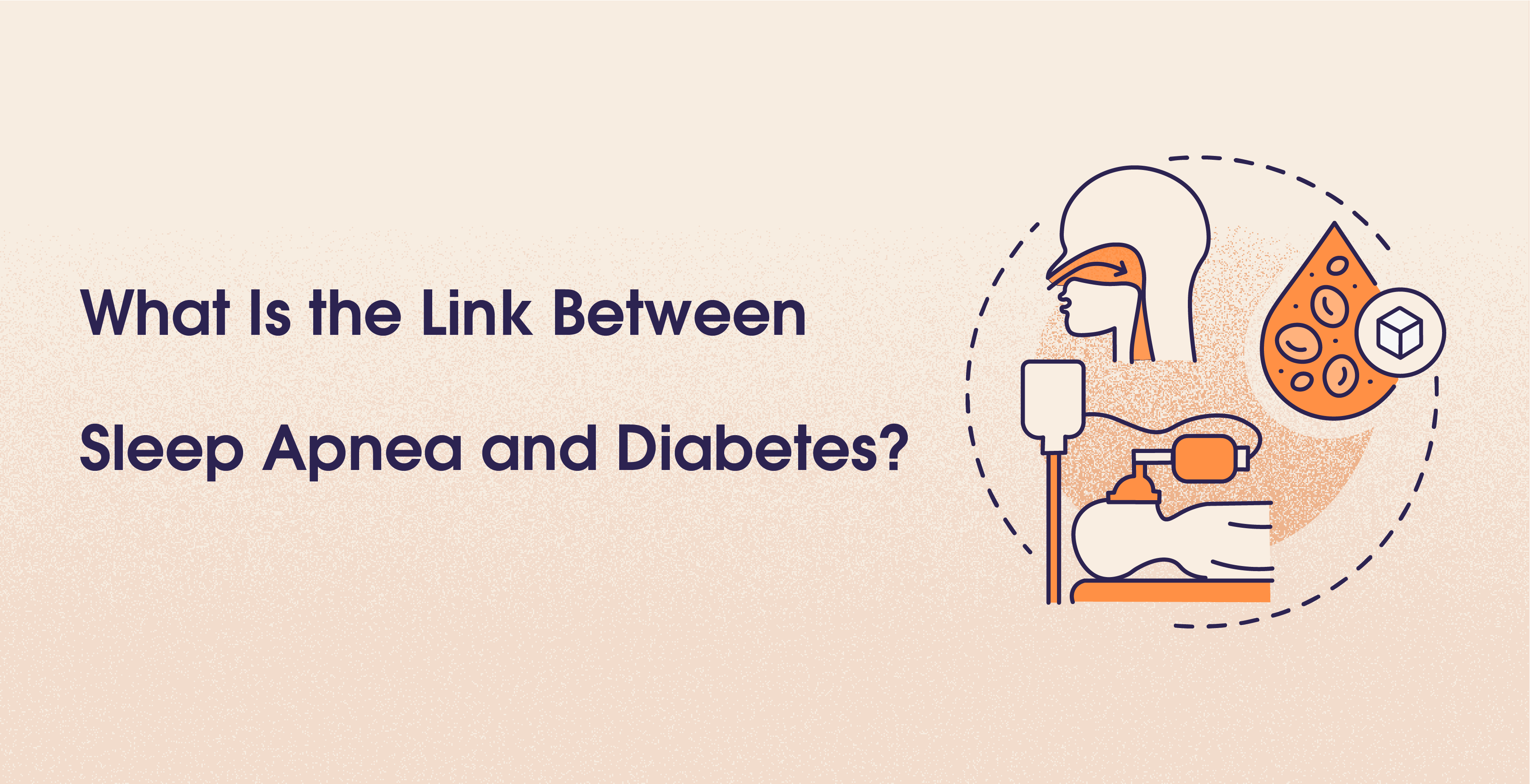

Feb 4, 2025
Sayfali Rawlani



Company
Copyright © 2025 trst health. All right reserved.

